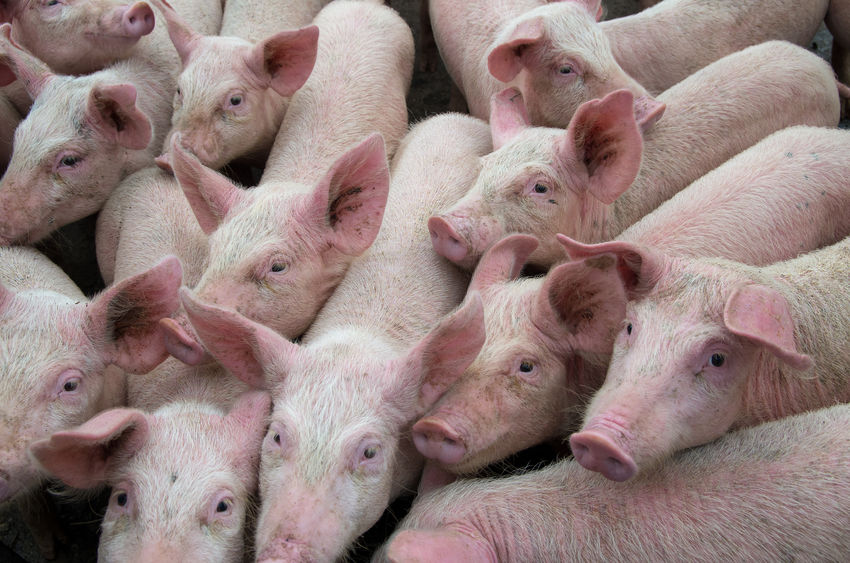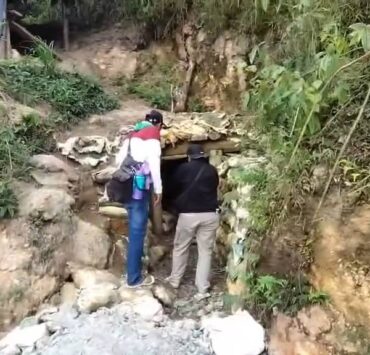ASF-like ailment kills over 100 hogs in Northern Samar

TACLOBAN CITY—The municipal government of Catarman, the capital of Northern Samar, has reported that over a hundred pigs from 50 backyard raisers had died after displaying symptoms of the African swine fever (ASF).
The hogs raised in eight villages were disposed of by their owners as part of the protocol in handling sick pigs, said Rachel Arnaiz, the municipal information officer.
She said they were yet to confirm if the pigs died due to ASF, “although they displayed ASF-like symptoms,” like high fever, skin redness, loss of appetite, vomiting, weakness and cough, among others.
Vivencio Moreno, the town’s slaughterhouse master and meat control officer, on Saturday said they had no exact number of pigs that died “because the owners either butchered their pigs and sold them or they immediately buried them in a pit” to avoid the spread of the bacteria that caused the illness.
Catarman is currently under the pink zone category, which means it is either near an infected area or an ASF-free area.
Catarman Mayor Francisco Aurelio Rosales III has directed the Municipal Agriculture Office to take blood samples of the pigs brought to the local slaughterhouse and of the live hogs raised in villages close to the areas where there were suspected ASF cases.
To avert a spread of ASF cases in the province, Northern Samar Gov. Edwin Ongchuan, on Feb. 12, has prohibited the movements of live pigs and pork products coming from areas where there were suspected ASF cases, like the towns of Las Navas, Catubig and Laoang; and ordered the establishment of quarantine checkpoints in all municipalities in the province.
The National Meat Inspection Service has said that ASF, a highly contagious viral disease affecting pigs, warthogs and boars, has no known vaccine and can lead to deaths within two to 10 days following infection.
Health officials reiterated that ASF does not pose any threats to humans and that other pork products from infected areas were safe to eat.

















